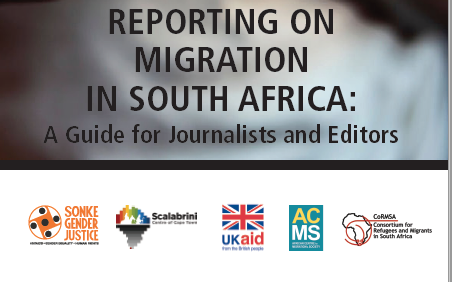Modern Southern Africa has been shaped by migration and displacement. Historically, South Africans have been forced to move, while the country’s resources have been extracted by workers from across South Africa and the wider region. Migration has shaped who we are today. The way in which migration is reported on can have damaging, and even fatal, impacts. Media pieces on migration tend to focus on negative imaging and consequences of cross-border migration, without taking into account the wealth and diversity that comes along with it.
The media has an important role to play in changing perceptions and reshaping the conversations around migration. It is therefore important to write about cross-border migration in a way that is responsible and educational.
Sensationalist or over-simplified stories on migration or xenophobia can perpetuate or even encourage violence. A 2009 report by the Human Rights Commission found that perpetrators of the 2008 xenophobic violence were ‘inspired’ by media coverage of attacks elsewhere.
How to use this guide
This guide is written with the understanding that journalists and editors work under immense pressure.
This guide provides you with helpful guidelines when reporting on migration and pointers on how to avoid common pitfalls.
- Useful definitions
- An understanding of migration in South Africa
- Commonly held myths and facts about migration
- What language to use and avoid
- A checklist of do’s and don’ts when writing up your article
- Some pitch ideas
- Examples of good and bad articles
- Tips for conducting interviews
- Sample informed consent form for interviews
- List of referrals for you to have on hand during interviews and expert organisations to reach out to
- for comment
- The Code of Ethics and Conduct for South African Print and Online Media
- How to lodge complaints with the Press Council and the Broadcasting Commission

